Care and Maintenance, DIY Projects, Styling Tips
Should My Curtains Touch the Floor ? How Long Should Curtains Be From the Floor?
Curtains play a crucial role in enhancing the aesthetics and functionality of a room. However, one question that often arises is whether Should Curtains Touch the Floor. This comprehensive guide will explore the factors to consider when determining the ideal curtain length and the pros and cons of different lengths. We’ll also provide expert tips to help you achieve the perfect look for your space.
Table of Contents
Factors to Consider When Determining Curtain Length
When choosing the right curtain length for your home, several important factors must be remembered. These include the height of your room and the size of your windows, the style and interior design theme you’re going for, and practical considerations like privacy, light control, and insulation. Additionally, your personal preference will play a role in the final decision.
Room Height and Window Size
The height of your room and the size of your windows will largely dictate the appropriate curtain length. Here’s a general guideline:
- Tall Ceilings: If you have high ceilings, you can opt for floor-length curtains that touch the floor or even puddle slightly. This creates a dramatic, luxurious look and emphasizes the room’s height.
- Standard Ceiling Heights: For rooms with standard ceiling heights (around 8 feet), curtains that graze the floor or hang just slightly above it are a popular choice. This length creates a neat, balanced appearance.
- Short Windows: If your windows are relatively brief, it’s best to stop your curtains at the window sill or apron. Curtains that extend too far below the sill can make the window look smaller and disrupt the room’s proportions.
Style and Interior Design Theme
The style and interior design theme of your space will also influence the ideal curtain length:
- Traditional and Formal Styles: In formal or traditional settings, curtains that touch the floor are often preferred for an elegant, polished look.
- Contemporary and Minimalist Styles: In more modern or minimalist spaces, shorter curtains that fall above the floor are common, creating a sleek, streamlined appearance.
Functionality
Beyond aesthetics, curtain length can also impact practical considerations like privacy, light control, and insulation:
- Privacy: Floor-length curtains provide maximum privacy when closed, covering the entire window.
- Light Control: Longer curtains are better at blocking out light, which can benefit bedrooms or media rooms.
- Insulation: Curtains that touch the floor can help retain heat in the room, preventing drafts from entering through the window area.
Remember, these are general guidelines; your preference will ultimately determine the curtain length that suits your space best.
Pros and Cons of Different Curtain Lengths
When choosing the right curtain length, it’s essential to consider the advantages and disadvantages of each option. Here’s a breakdown of the pros and cons of floor-length curtains, curtains grazing the floor, and curtains that hang above the floor.
Floor-Length Curtains
Pros:
- Elegant and Formal Look: Floor-length curtains add a touch of sophistication and formality to any room, creating a luxurious and polished appearance.
- Maximum Privacy and Light Control: When closed, floor-length curtains cover the entire window, providing maximum privacy and blocking out light effectively.
- Insulation Benefits: Curtains that touch the floor can help retain heat in the room by preventing drafts from entering through the window area.
Cons:
- Can Collect Dust and Dirt More Easily: Curtains that touch the floor are more likely to accumulate dust, dirt, and pet hair, which can be challenging to clean.
- May Be a Tripping Hazard: Floor-length curtains can pose a tripping hazard, especially in high-traffic areas or homes with children or pets.
- Require More Fabric and Potentially Higher Cost: Due to their length, floor-length curtains require more Fabric, increasing the overall cost.
Curtains Grazing the Floor
Pros:
- Stylish and Balanced Look: Curtains that graze the floor create a chic and balanced appearance, striking a happy medium between formal and casual.
- Easier to Clean and Maintain: Curtains that hover just above the floor are easier to clean and maintain, as they are less likely to collect dust and dirt.
- Less Fabric Required: Compared to floor-length curtains, those graze the floor require less Fabric, potentially making them more cost-effective.
Cons:
- May Not Provide Maximum Privacy or Light Control: While curtains grazing the floor offer some privacy and light control, they may not provide the same level of coverage as floor-length curtains.
- Can Still Collect Dust and Dirt Near the Floor: Although less prone to collecting debris than floor-length curtains, those grazing the floor can still accumulate dust and dirt near the bottom.
Curtains Above the Floor
Pros:
- Modern and Minimalist Look: Curtains that hang above the floor create a modern and minimalist aesthetic, perfect for contemporary or minimalist interior design styles.
- Easy to Clean and Maintain: Curtains that don’t touch the floor are the easiest to maintain, as they are less likely to collect dust, dirt, or pet hair.
- Safest Option for High-Traffic Areas: In high-traffic areas or homes with children or pets, curtains above the floor pose the least tripping hazard.
Cons:
- Less Privacy and Light Control: Curtains that don’t reach the floor may not provide the same level of privacy and light control as longer options.
- May Look Unfinished or Incomplete: In some rooms, curtains hanging above the floor can look unfinished or incomplete, especially if the window is large or tall.
Ultimately, the choice of curtain length will depend on your personal preference, interior design style, and the specific needs of each room.
Expert Tips for Choosing the Perfect Curtain Length
Choosing the perfect curtain length can still be challenging even after considering factors like room height, window size, and interior design style. Here are some expert tips to help you make the right choice:
Consider Your Floor Type
The type of flooring in your room can also influence the ideal curtain length:
- Hardwood or Tile Floors: If you have hardwood, laminate, or tile floors, you can consider having your curtains touch the floor. These surfaces are easier to clean, so dust or dirt accumulating on the bottom of the curtains can be easily vacuumed or swept away.
- Carpeted Floors: It’s generally recommended to have your curtains hover slightly above the floor for rooms with carpeted floors. This prevents the curtains from collecting dirt and debris from the carpet, making them easier to maintain and prolonging their lifespan.
Measure Correctly
Proper measurement is crucial for achieving the desired curtain length. Here’s how to measure correctly:
- Measure from the Top of the Rod to the Floor: Measure from the top of the curtain rod (or where you plan to install it) to the desired endpoint, whether it’s the floor, window sill, or a specific height above the floor.
- Add 1-2 Inches for Puddling (If Desired): If you prefer a puddled or pooled look, add 1-2 inches to your measurement. This will allow the curtains to gather slightly on the floor, creating a luxurious, tailored appearance.
Accessorize with Tiebacks or Holdbacks
To maintain a neat and polished look, consider accessorizing your curtains with tiebacks or holdbacks:
- Use Tiebacks to Keep Curtains Off the Floor: If you have curtains that graze or puddle on the floor, tiebacks can help keep them neatly tied back and off the floor when desired.
- Holdbacks Can Create a Tailored Look: Holdbacks are decorative devices that hold the curtains back against the wall, creating a tailored, structured look. They’re particularly useful for shorter curtains that don’t touch the floor.
By following these expert tips, you’ll be well on your way to choosing the perfect curtain length that strikes the right balance between style, functionality, and personal preferences.
Frequently Asked Questions (FAQs)
Can curtains be too long and drag on the floor?
Yes, excessively long curtains dragged on the floor can collect dust and dirt, potentially causing stains and wear over time. It’s generally recommended to have curtains touch the floor, or puddle slightly but not drag.
Should bedroom curtains touch the floor?
In bedrooms, it’s often desirable to have curtains touch the floor or puddle slightly for a cosy and luxurious feel. However, consider the room’s height and personal preference.
Is it okay for shower curtains to touch the floor?
Shower curtains should typically be a few inches above the floor to prevent water damage and mould growth. Shower curtains that touch the floor can also be a safety hazard.
How do I calculate the correct curtain length?
To calculate the correct curtain length, measure from the top of the curtain rod to the desired endpoint (floor, window sill, etc.). Add an extra inch or two if you want the curtains to puddle slightly.
Can curtains be too short?
Yes, curtains that are too short can look unfinished and may not provide adequate privacy or light control. As a general rule, curtains should at least cover the window frame or extend below the window sill.
Conclusion:
Determining the ideal curtain length balances style, functionality, and personal preference. While there is no one-size-fits-all answer, considering factors like room height, window size, interior design style, and functionality can help you make an informed decision. Whether you prefer curtains that touch the floor for a formal look or curtains that hover above for a modern aesthetic, this guide has provided you with the knowledge and expert tips to achieve the perfect curtain length for your space.

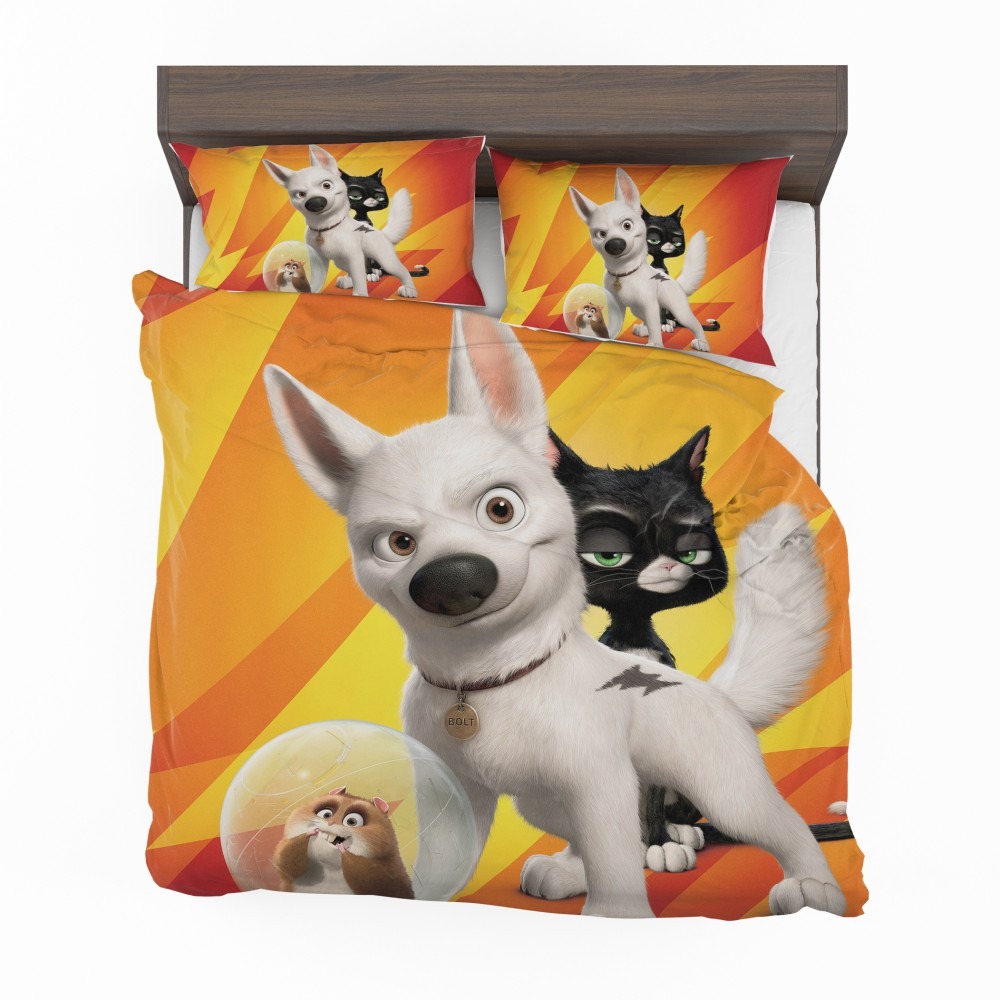
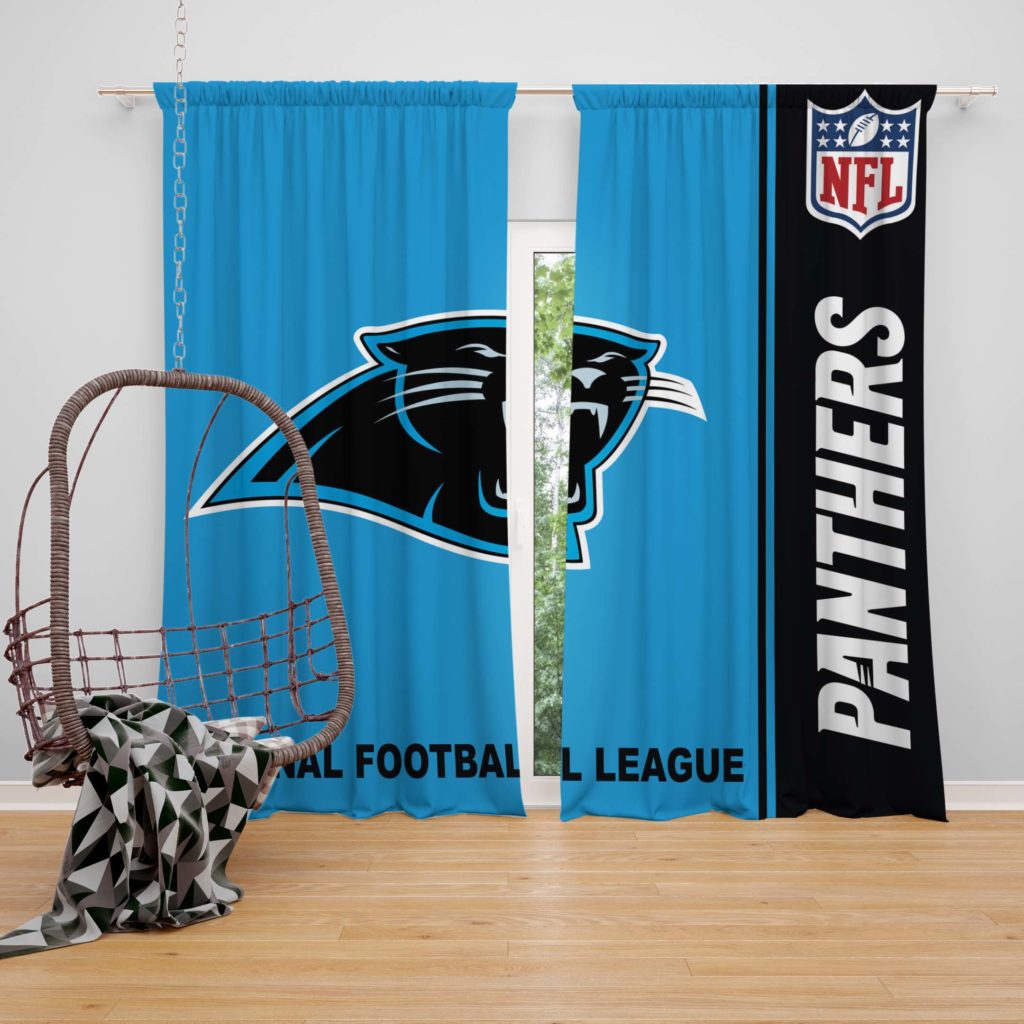
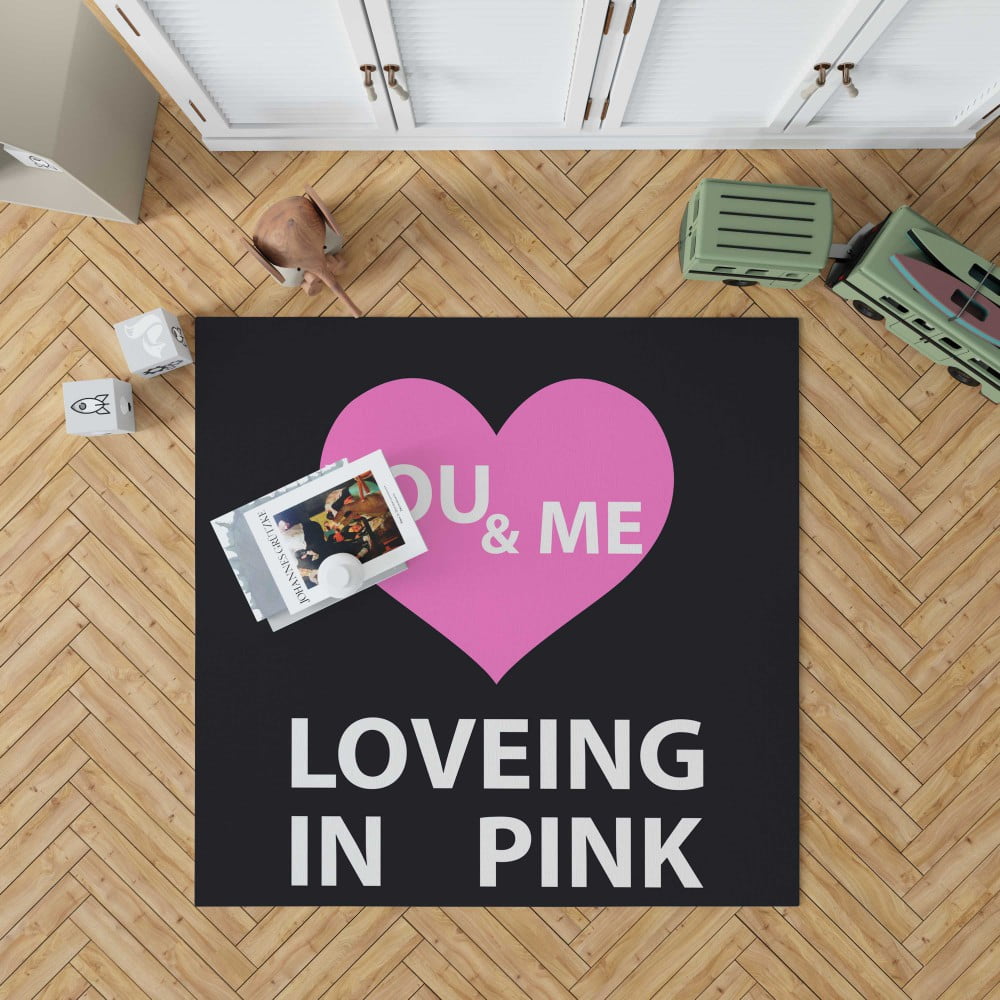
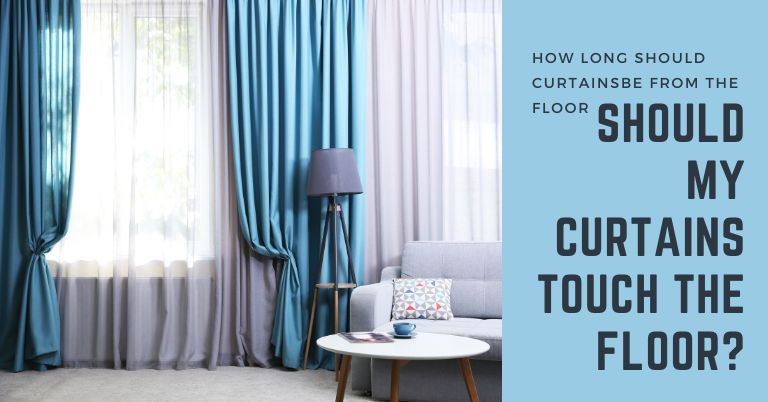
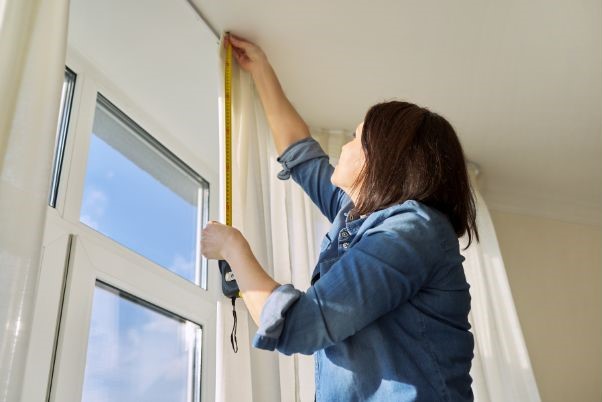
Jiffriya Ijaz
Author
Jiffriya Ijaz is a skilled and experienced writer specializing in the home decor niche. With years of expertise in this field, Jiffriya's writing is captivating, well-researched, and tailored to cater to the interests of home decor enthusiasts.
Latest posts
Fan Zone Home Decor Trends Product Spotlights
Weekend Wins: Save Big on NBA Bedding Essentials
Calling all basketball fans! Get ready to slam dunk [...]
Jul
Buying Guides
Discover the Best Duvet Covers for Style and Comfort
Elevating Your Bedroom with Duvet Covers When it comes [...]
May
Buying Guides Fan Zone
NFL Draft Fan Cave: Your Game Day HQ
Draft Day Dream Team: Building the Ultimate Fan Cave [...]
May
Fan Zone
NBA Conference Finals Heat Up
Gear Up for Game Day with EBeddingSets The NBA [...]
May
Buying Guides Home Decor Trends Product Spotlights Styling Tips
5 Ways to Anime-ify Your Home Decor
Calling all anime fans! Are you ready to level [...]
May
Buying Guides Home Decor Trends Uncategorized
The Psychology of Curtain Colors: How to Choose the Right Shade
When it comes to home decor, the color of [...]
May
Buying Guides Product Spotlights
What is a Throw Blanket? A Cozy and Stylish Home Essential
Throw blankets are a versatile and popular home accessory [...]
May
Buying Guides Product Spotlights
Basketball Rug Roundup: Must-Have NBA Rugs for Every Fan
Are you a die-hard NBA fan looking to take [...]
May